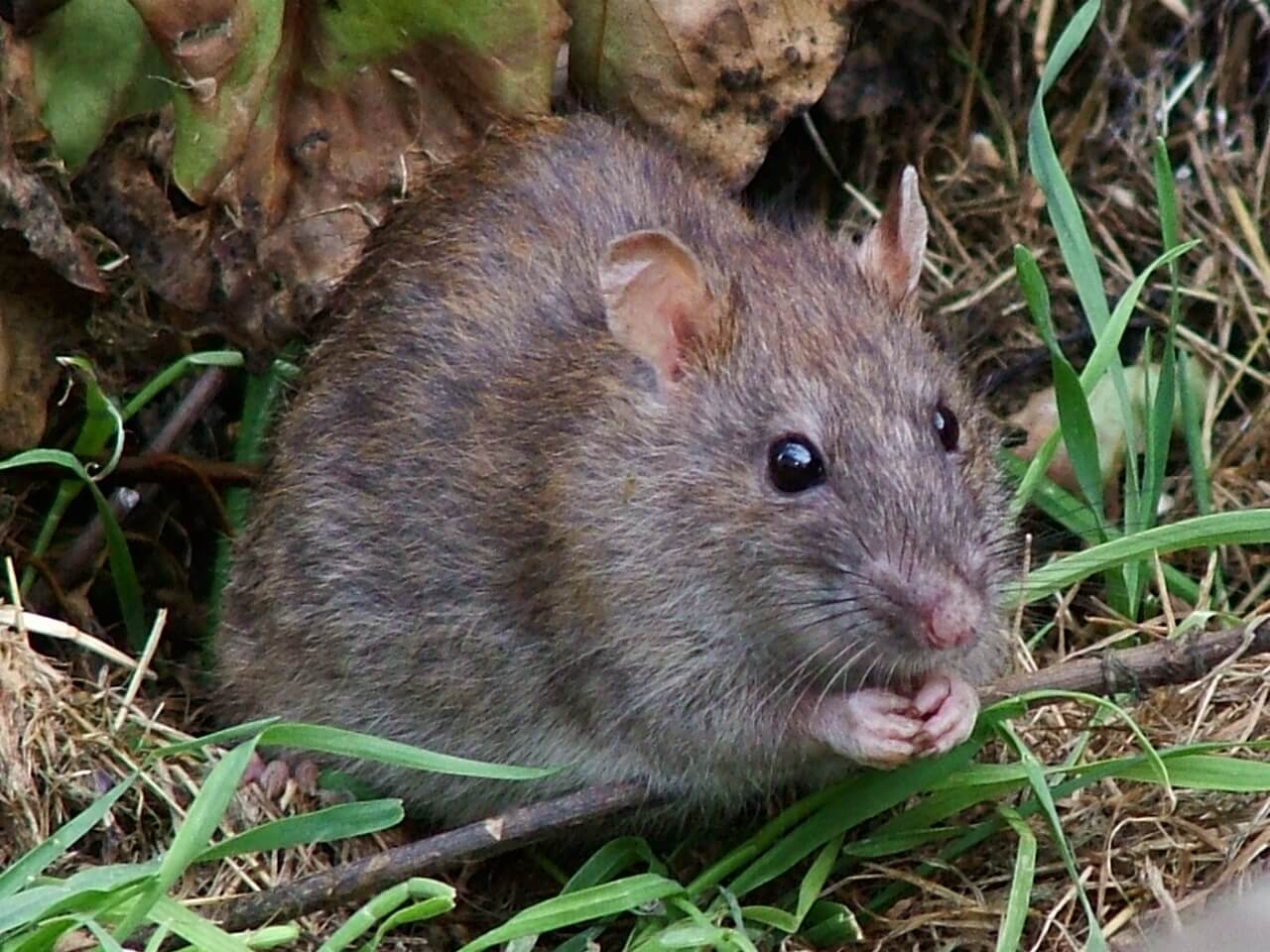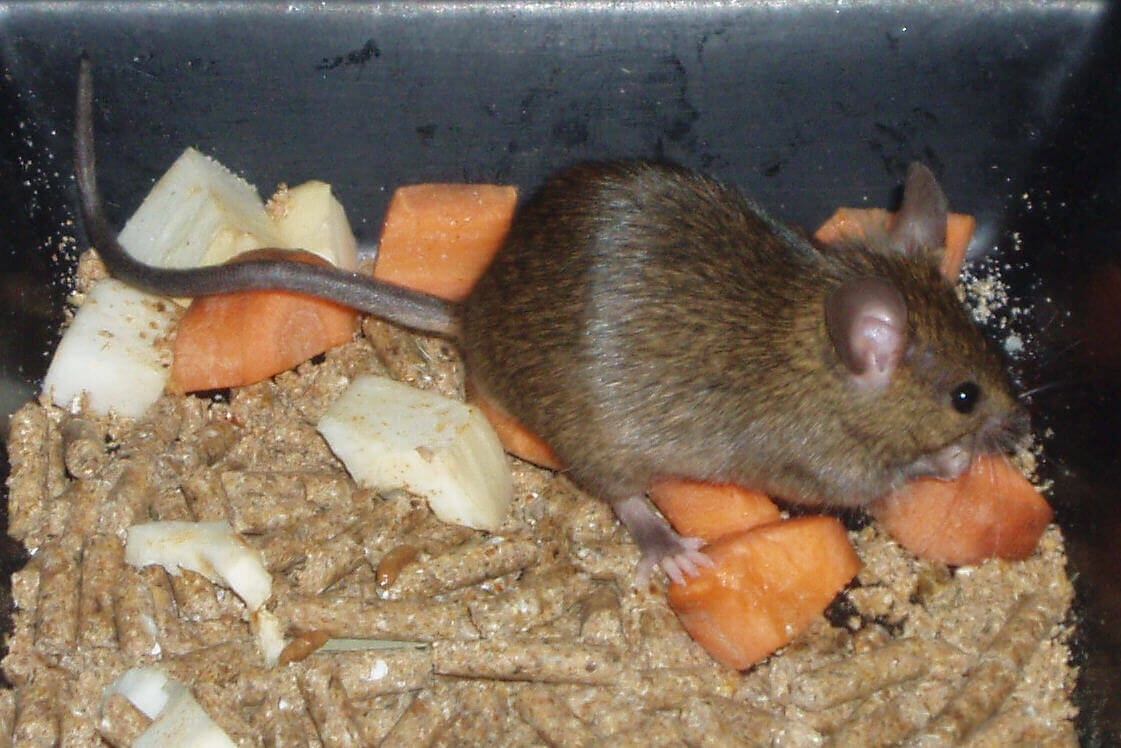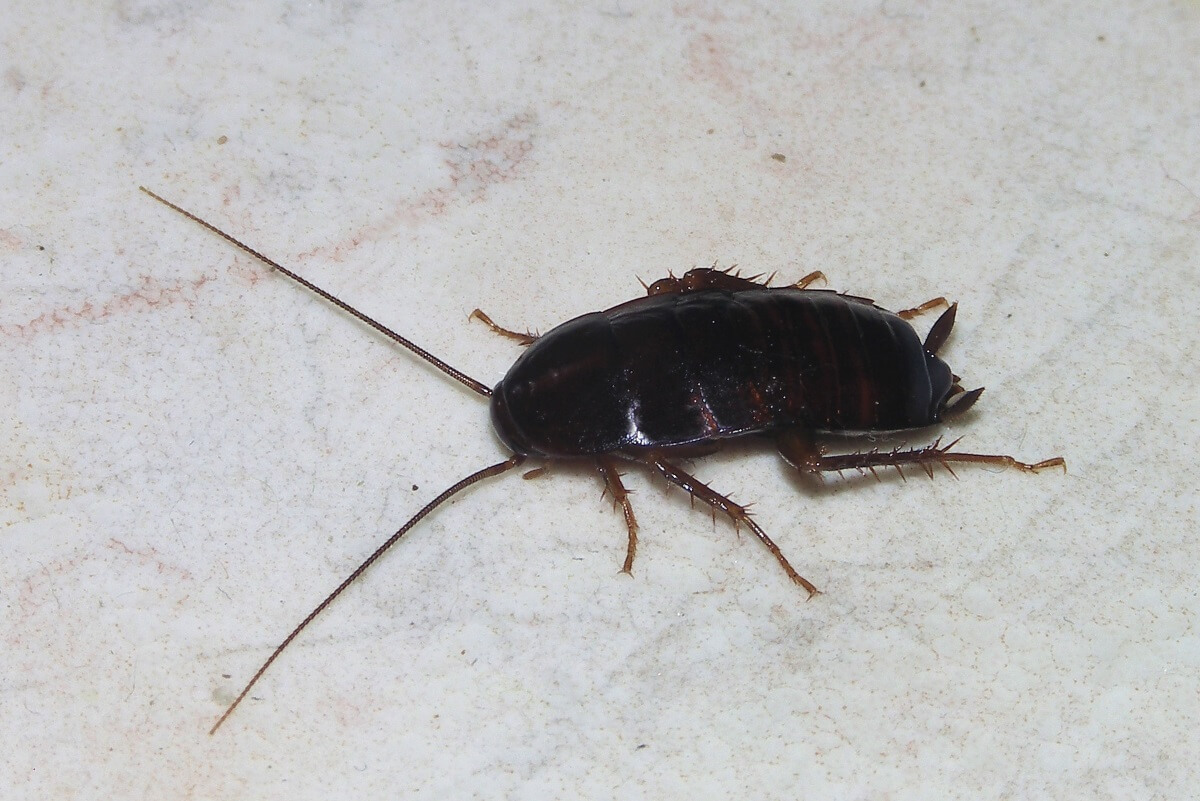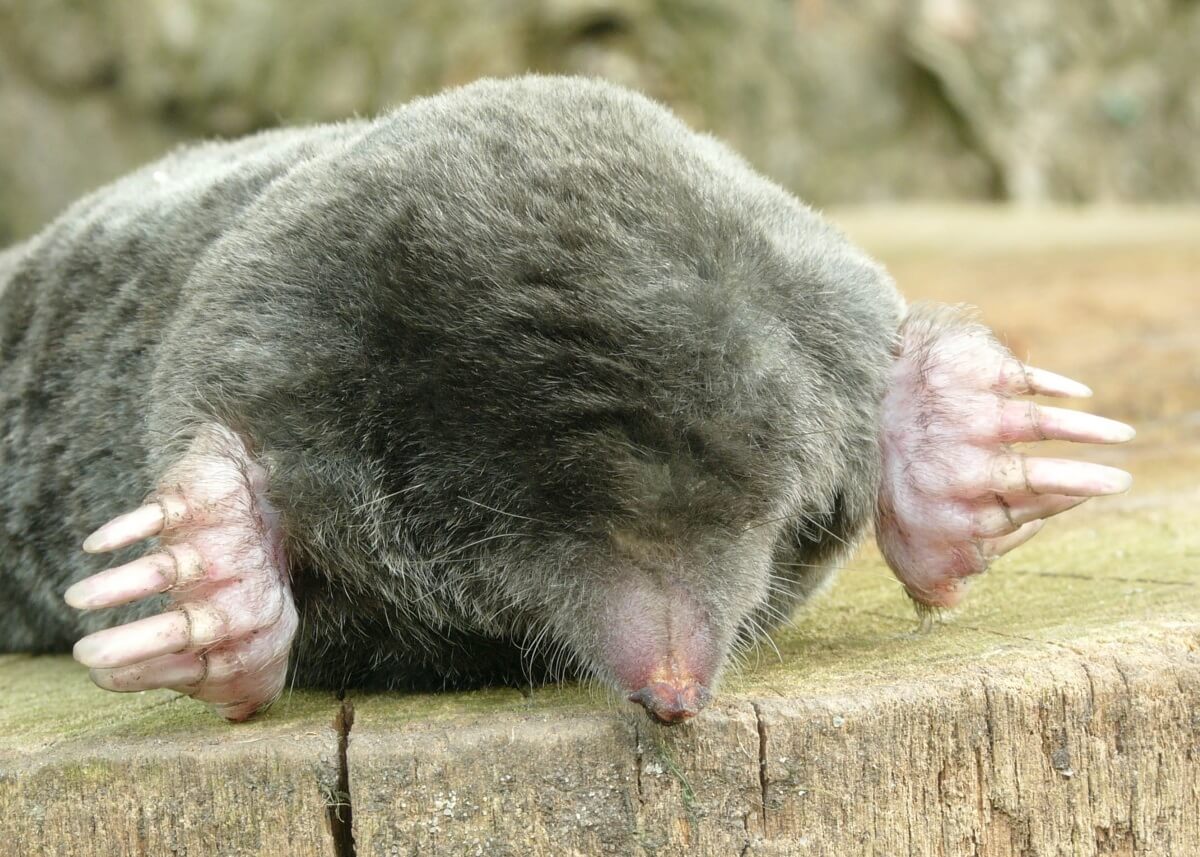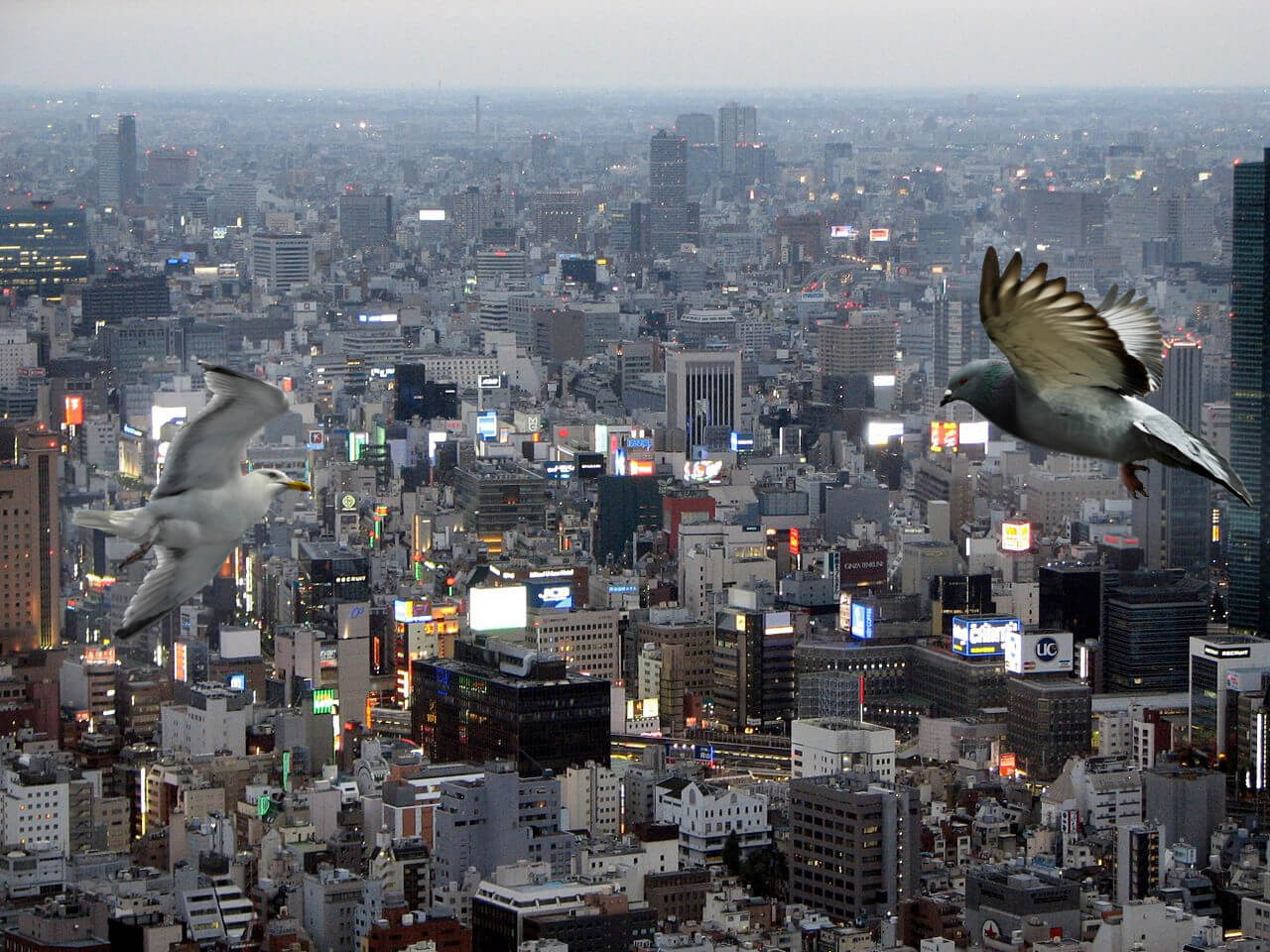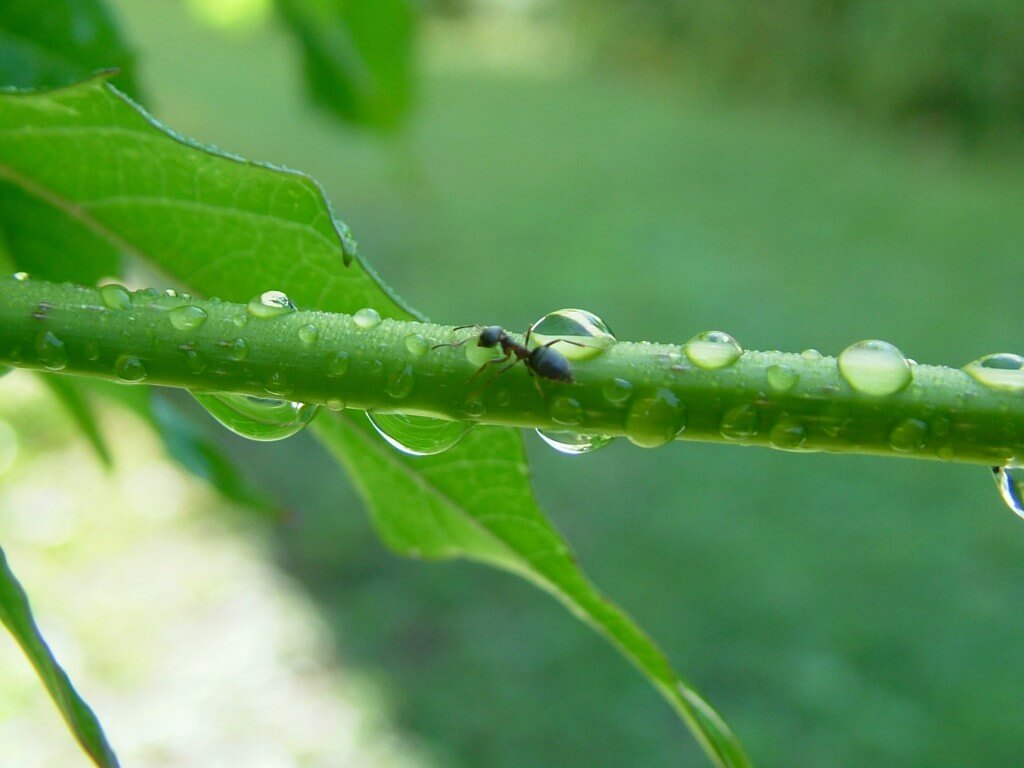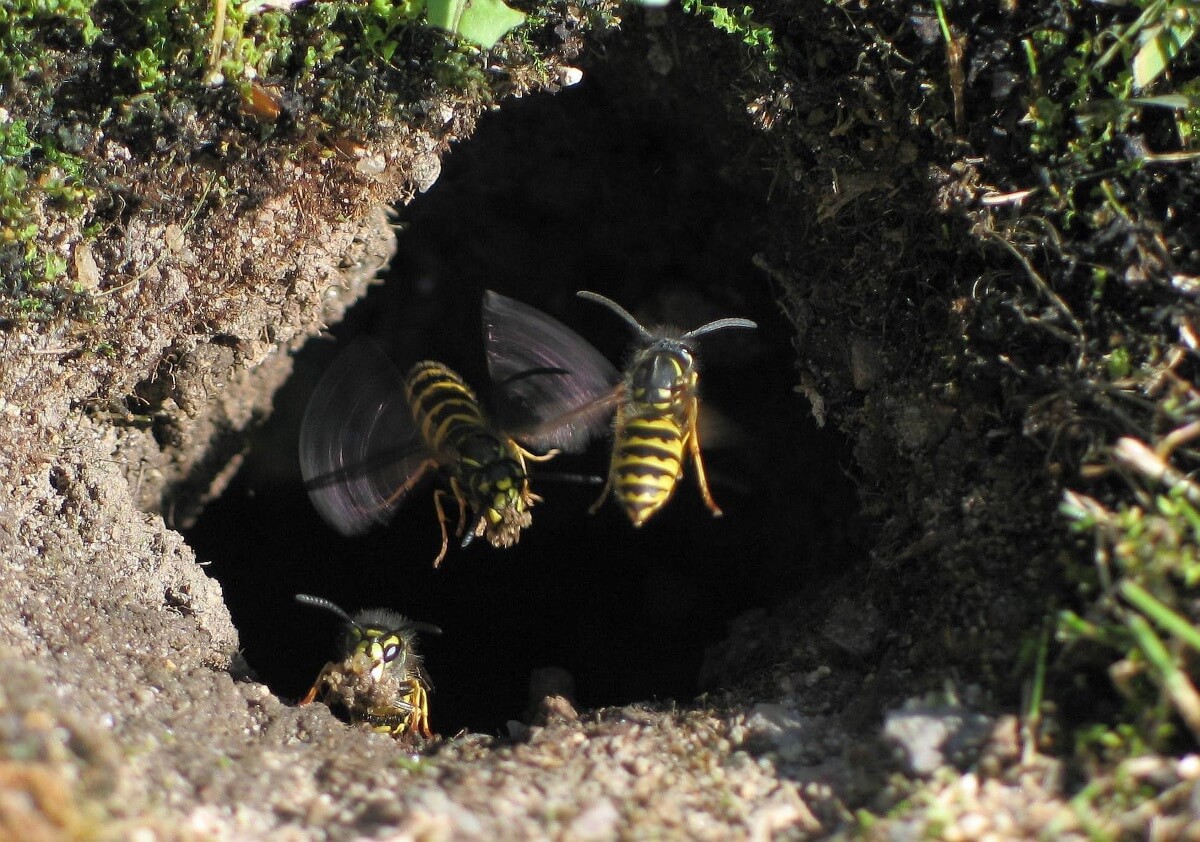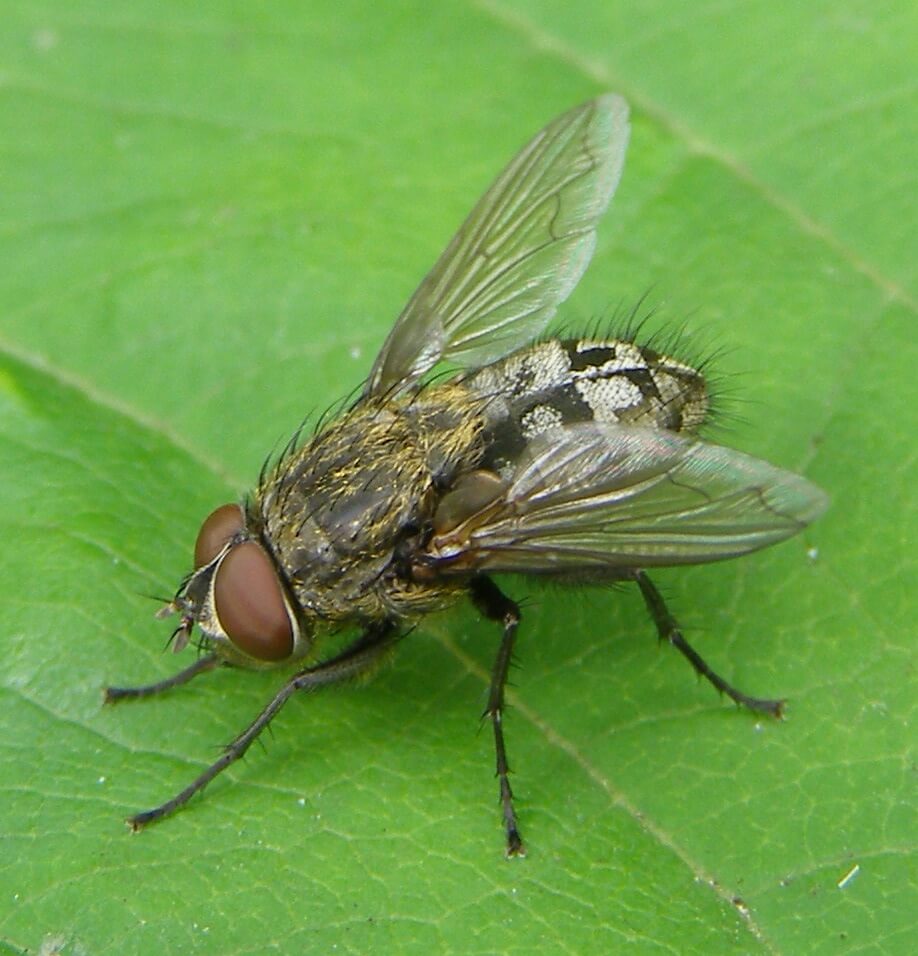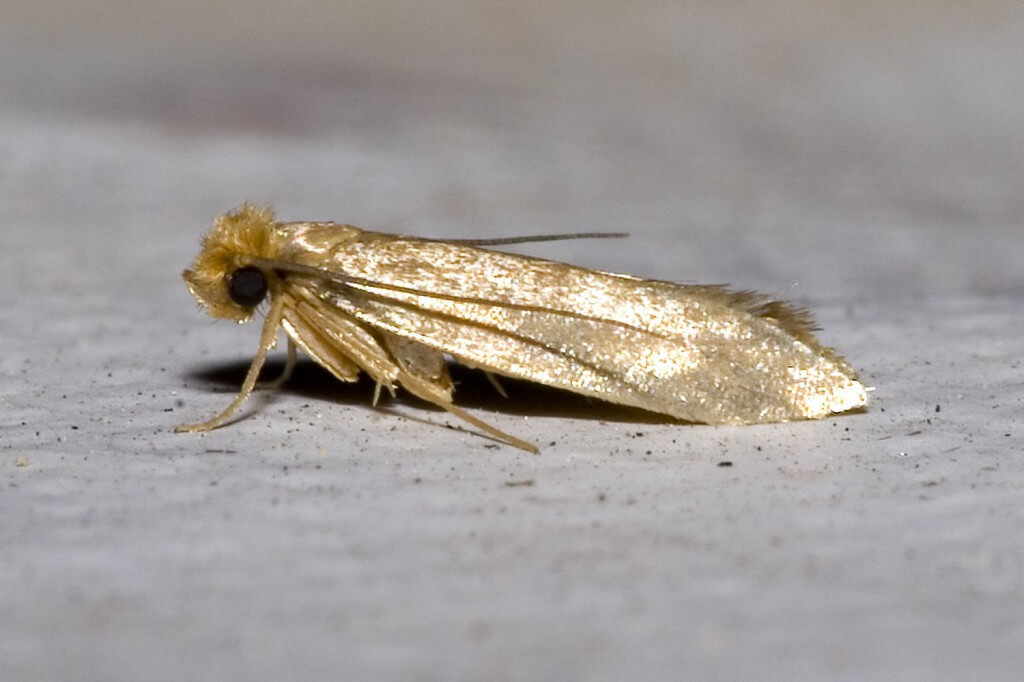Domestic Moth Pest Control – Bristol Area
Identify, control and remove moth pests
Has your Bristol based home got a moth infestation issue? We will help you identify and remove your moth insect pest problem from your residential home.
Moths breed fast in the Bristol home, enjoying the humid temperatures brought in by the nearby Bristol coast. With a lifecycle of around 3 months, they lay a cluster of 30-200 eggs that can stick to almost any surface. They do this 3 times during their brief lifespan. After 4-10 days tiny caterpillars emerge from the eggs, that are almost invisible to the naked eye. These moth caterpillars are the major moth pest to our homes and textiles, eating everything from natural materials made from wool, feathers, fur and hair. Soft furnishing items from carpets, rugs, cushions, curtains, jumpers, coats and so on are not safe from the moth pest.
3 primary moths exist to cause problems in the Bristol area. Flour moths, White Shouldered House moths and the Brown House moth. You can normally spot the adult moths walking or flying around the home. If they are there then the edges of your carpets are likely to harbour huge numbers of eggs and caterpillars. Food can also be contaminated from moths.
What can we do to prevent or control your moth pest infestation problem around your residential home?
The first thing a person who has a Bristol moth infestation should be doing is maintaining a thorough vacuuming regime. Moths hide in carpets and along wall skirting boards around the home, so be sure to get into all those areas. Dry cleaning will remove the moths from your clothes, as will excessive heat and cold. But to achieve the temperatures required to remove the moth pest and its larvae, is often quite difficult. Using amateur products can sometimes slow an infestation but rarely remove the moth problem. We will deliver a swift, preventative moth removal treatment with professional products that are safe to pets, pregnant women, children and babies.
- The four most common moth pests in Bristol and through out the UK are: The common clothes moth, the brown house moth, the white-shouldered house moth and the flour moth.
- The Common Clothes moth has golden straw-looking wings with fringed hair. They are 6-7mm long.
- Brown House moths have golden-bronze wings, they are flecked with black, folded flat along their back. 8mm long and prefers to crawl.
- White Shouldered house moths have mottled wings with a white head and ‘shoulders’ where the wings attach the body.
- Flour moth are grey and brown, 12-15mm in length.
- Bristol moth control is important, moth larvae stages will cause endless amounts of damage to natural fibers including: clothes, carpets, fur, feathers and belongings.
- Serious commercial implications to bakeries, mills, stored products & large commodities.
- They can also affect business reputation and damage irreplaceable objects such as precious tapestries and historical artifacts.
- Bristol moth pests will lay anything from 40-50 eggs through outs it life span based over 3 weeks.
- A male moth can smell a female moth from 7 miles away, detecting even single odour molecules using elaborate, feather-shaped antennae with hairlike scent receptors.
| Clothing Moth Pest - Bio | |
| Pest Width | 9-16 mm |
| Pest Life Cycle | 4–6 months |
| Pest Cycle Per Year | 2 |
| Pest Eggs Per Cluster | 30-200 |
| Pest Special Ability | Never Feeds in Moth Form |
| Pest Problem | Eats clothes, carpets, soft furnishings |
| Pest Scientific Name |
Tineola bisselliella |
| Flea Pest - Bio | |
| Pest Size | Tiny, head of a pin |
| Pest Special Ability | Very fast, 12 inch jump |
| Pest Reproduction | 1 week cycle |
| Pest Life Span | 2 to 3 months |
| Pest Attracted By | Warmth, vibration |
| Pest Habitat | Host sleeping areas |
| Pest Weakness | Drown in soapy water |
- Category: Bugs, Garden Pests, Vermin
- Tags: Moths

